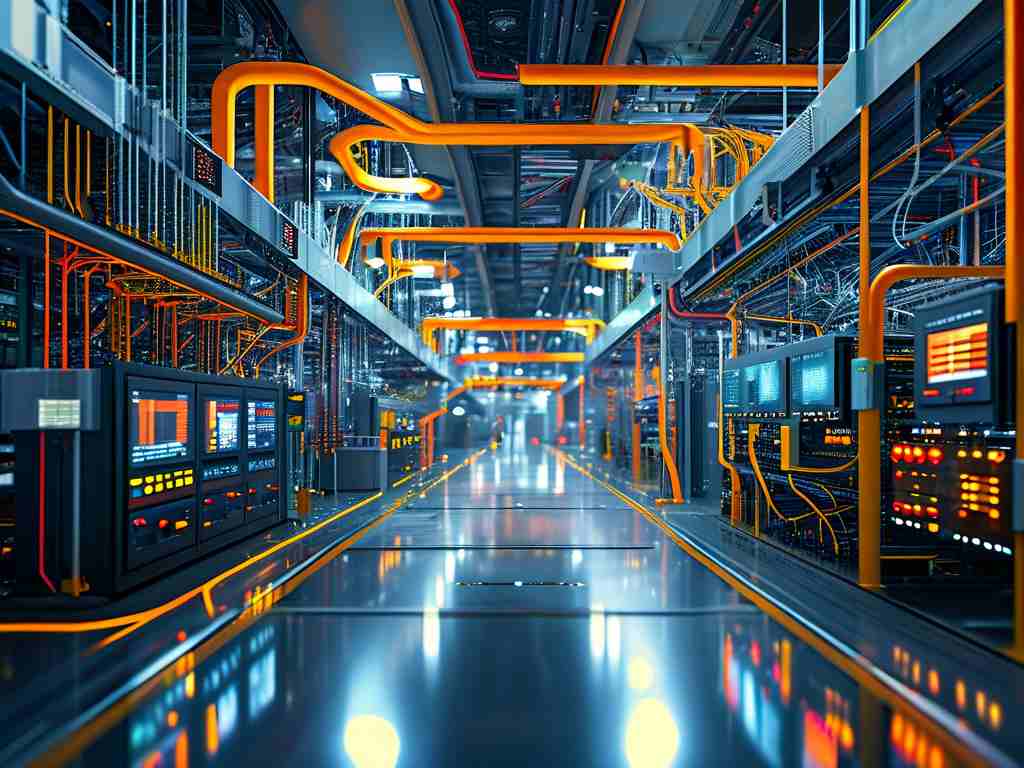In today’s rapidly evolving technological landscape, distributed bus architecture has emerged as a cornerstone for building scalable, resilient, and efficient systems. This design paradigm addresses the growing complexity of modern applications, particularly in environments requiring real-time data processing, microservices coordination, and cloud-native deployments. By decoupling components and enabling asynchronous communication, distributed bus architectures empower organizations to meet demanding performance and reliability requirements.

Core Principles of Distributed Bus Architecture
At its core, a distributed bus architecture relies on a messaging backbone that facilitates communication between disparate system components. Unlike traditional monolithic systems, where tight coupling often leads to bottlenecks, this approach allows services to operate independently while sharing data through a centralized or federated bus. Key elements include:
- Message Brokers: Tools like Apache Kafka or RabbitMQ act as intermediaries, ensuring reliable message delivery even during network fluctuations.
- Decentralized Nodes: Services or microservices function as autonomous nodes, publishing and subscribing to events via the bus.
- Protocol Agnosticism: Support for multiple communication protocols (e.g., MQTT, AMQP) enables interoperability across heterogeneous environments.
A simplified code snippet illustrating message publication using Kafka might look like:
from kafka import KafkaProducer
producer = KafkaProducer(bootstrap_servers='localhost:9092')
producer.send('data_topic', b'raw_sensor_data')
Advantages in Real-World Scenarios
One of the most compelling benefits of distributed bus architectures is their ability to scale horizontally. For instance, an IoT platform handling millions of sensor inputs can dynamically add message brokers to manage increased loads without disrupting existing workflows. Additionally, fault tolerance is inherently strengthened—if a node fails, the bus ensures messages are retained and rerouted, minimizing downtime.
Case studies reveal tangible impacts. A fintech company reduced transaction latency by 40% after migrating from a REST-based API gateway to an event-driven bus model. Similarly, a logistics provider eliminated single points of failure by decentralizing its shipment tracking system using a hybrid cloud-edge bus configuration.
Challenges and Mitigation Strategies
Despite its strengths, this architecture introduces complexities. Event sequencing, for example, can become problematic in high-throughput systems. Implementing idempotent processing or leveraging tools like Apache Pulsar with built-in deduplication mechanisms helps maintain data integrity.
Another common hurdle is debugging distributed workflows. Engineers often address this by integrating tracing frameworks such as OpenTelemetry, which provides end-to-end visibility into event paths. Monitoring tools like Prometheus and Grafana further aid in tracking bus health and performance metrics.
Future Trends and Adaptations
As edge computing gains traction, distributed bus architectures are evolving to support low-latency edge-to-cloud synchronization. Emerging standards like AsyncAPI are streamlining event-driven design practices, while serverless integrations enable cost-efficient auto-scaling. Innovations in quantum-resistant encryption also promise to enhance security for bus-based systems operating in sensitive sectors.
In , distributed bus architecture represents more than a technical blueprint—it embodies a shift toward modular, future-proof system design. By embracing its principles and continuously adapting to new challenges, organizations can build infrastructure capable of thriving in an increasingly interconnected digital ecosystem.





